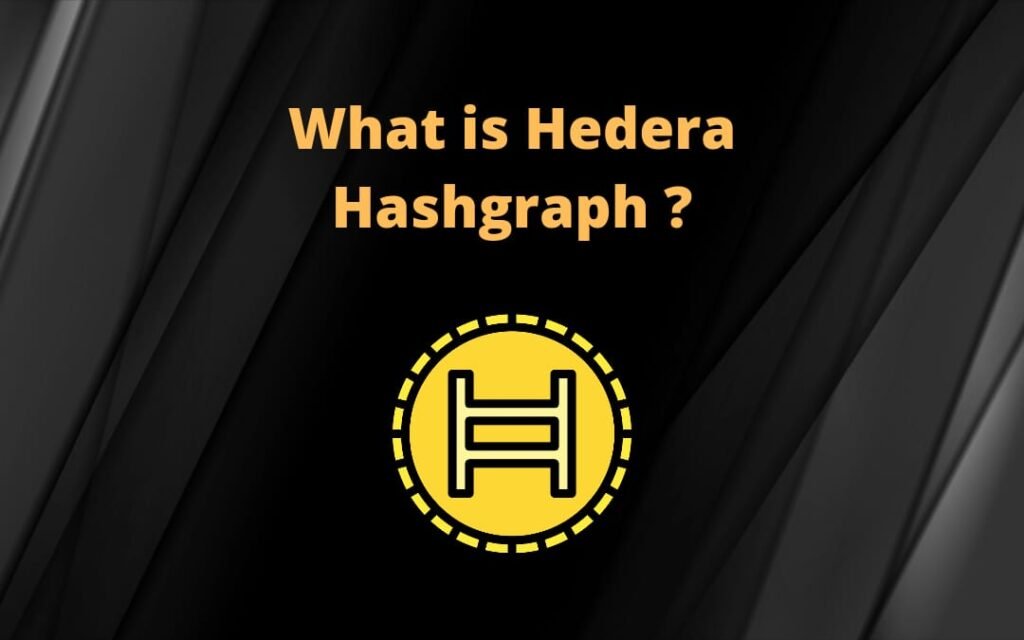
What is Hedera Hashgraph?
Hedera Hashgraph is an alternative to the blockchain as they are built on a chain of blocks. However, it’s more like a graph as the speed for verifying transactions increases with every transaction added to the network. The technology used for the purpose is Directed Acyclic Graph (DAG). This technology allows Hedera Hashgraph to facilitate more than 100,000 transactions per second. Furthermore, it also avoids energy-intensive mining using DAG technology. Presently, the Hedera network performs 6.5 million transactions each day at an average transaction time of 5 seconds. With this performance, it seems to surpass Ethereum’s 1.2 million and Bitcoin‘s 300,000 transaction processing capacity.
How does Hedera Hashgraph work?
Hedera network is governed by 10 multinational corporations globally. To attain this consensus rather than mining, nodes on the Hashgraph interact with each other and compare all nodes on the transaction history. As the nodes gossip, they select a few “ famous witnesses”. These witnesses are an event or transactions which become famous. This is so because they communicate with nodes at the early stage of the process. Furthermore, these chosen nodes are compared when they reach a point known as “strongly seeing” they predict the decision or outcome of the vote.
Main Services Offered by Hedera Hashgraph
The Hedera Hashgraph comprises four main components or services working together for allowing the transfer of value and the creation of smart contracts. The services or offerings of Hedera Hashgraph are as follows:
- HBAR: This is a Hedera cryptocurrency that facilitates low fees for executing highly customizable transactions on the network.
- Smart Contracts: In the Hedera network, smart contracts are used for executing logic and building decentralized applications for multiple uses – cases.
- Consensus Service: The consensus service of Hedera Hashgraph helps to attain fast, fair, and secure consensus in the applications.
- File Service: It also offers redundant and distributed file storage with granular control such as deletion and append.
Advantages of Hedera Hashgraph
The Hedera Hashgraph claims to have the highest potential for ensuring a high level of security through a system called asynchronous byzantine fault tolerance (aBFT) which is employed by nodes. Alongside, this is network is undoubtedly faster than Bitcoin or Ethereum blockchain as it works in parallel with a fast latency rate. It also supports the object–orient programmed language called Solidity same as Ethereum. As a result, this platform is used to build decentralized applications for a variety of use cases such as gaming, digital identity, DeFi products, etc. Hedera also offers low fees for the rapid transaction while providing finality in mere seconds.
Companies Using Hedera for Building Platforms
Several projects have been built on Hedera so far. Some of the popular products/companies using Hedera networks are as follows.
- TrakInvest, a virtual trading platform
- Agryo, a farming loan platform that is built using a decentralized data-driven prediction model.
- AdsDax, a fair and fast ad marketplace built on the Hedera network
- Carbon, has launched its first Stablecoin on Hedera.
The future of Hedera Hashgraph
Hedera launched the Hedera Token Service for enabling the creation of tokens on the platform. There is already a number of projects that are built on Hedera. The network is also potent to see the introduction of scheduled transactions which specifies the future time for transactions. In the second half of 2021 Hedera has made multiple upgrades which include enabling multiple parties to make successful transactions and sharding too. However, the main difference between Hedera Hashgraph and blockchain-based platforms is former does not require heavy proof of work nor does energy.





